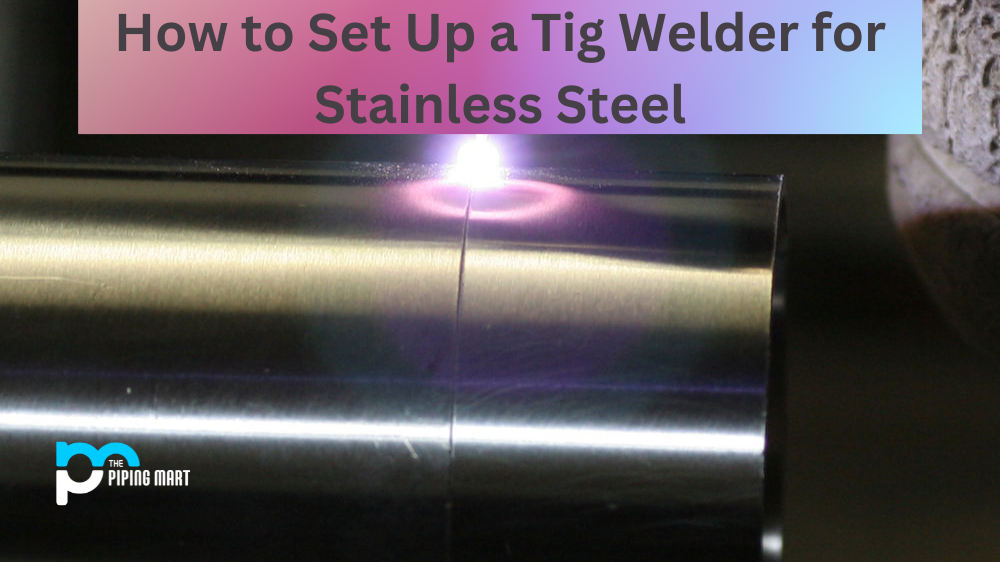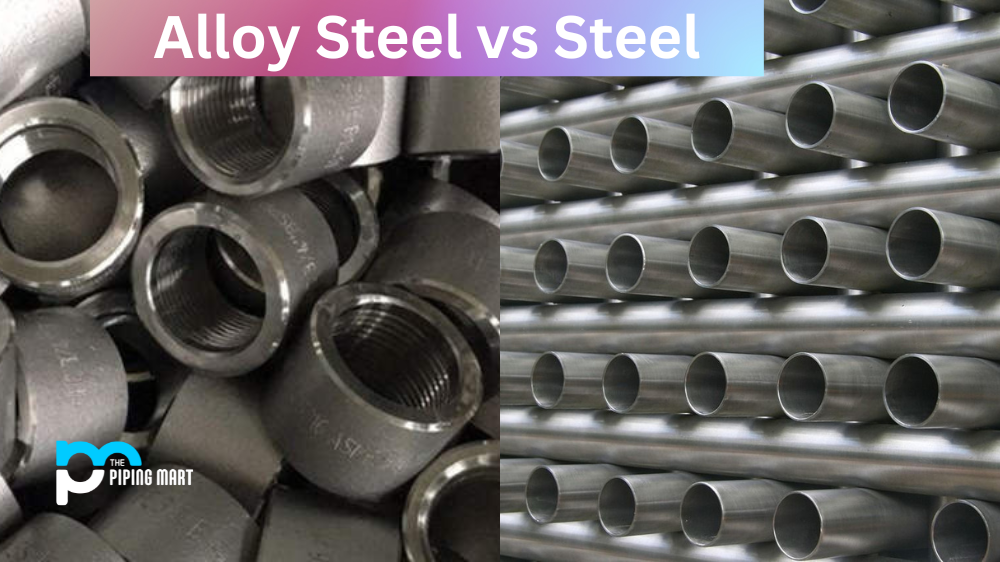If you are looking to weld stainless steel, you need the right tools and setup. TIG welding is often the best option for welding stainless, and it requires some specific settings in order to achieve the desired results. Let’s take a look at how to set up a TIG welder for stainless steel.
Choose the Right Tungsten Electrode
The first step in setting up your welder for stainless steel is choosing the right tungsten electrode. There are several different types of tungsten electrodes, and each one has its own unique properties that make it better suited for certain applications. For welding stainless steel, you will want to use an electrode made from thoriated tungsten, which is a type of tungsten alloy that contains thorium oxide. This type of electrode offers superior conductivity and arc stability, making it ideal for welding stainless steel.
Set the Amperage
Once you have chosen your tungsten electrode, it’s time to set your amperage. Setting the correct amperage is key when it comes to achieving good welds on stainless steel. Generally speaking, TIG welding requires higher amperage than MIG welding in order to create strong welds on thicker materials like stainless steel. The exact amperage settings will vary depending on the thickness of the material being welded, but as a general rule of thumb, you should start with an amperage setting between 80-100A when welding 18 gauge or thinner materials and increase this number as you move up in material thickness. Be sure to adjust your amperage according to your specific application in order to achieve optimum results.
Adjust Your Gas Flow Rate
The last step in setting up your equipment is adjusting your gas flow rate. When TIG welding with gas-shielded flux core wire, you should set your gas flow rate based on what type of shielding gas you are using (e.g., Argon or Helium). Generally speaking, Argon will require a lower flow rate than Helium (around 10-15 CFH). Additionally, if you are using a water-cooled torch setup, then you may need slightly higher flow rates (upwards of 20 CFH) in order to keep everything cool while working with thicker materials like stainless steel. As always, be sure to adjust these settings according to your specific application in order to achieve optimum results.
Conclusion:
By following these steps and adjusting accordingly based on your specific application, you can ensure that your TIG welder is properly set up for welding stainless steel. With the right setup and technique, even novice welders can achieve professional results when working with this versatile material – so don’t be afraid to give it a try! With just a little bit of practice and patience, anyone can become an expert at TIG welding stainless steel!

Pipingmart is a B2B portal that specializes in metal, industrial and piping items. Additionally, we share the latest information and information about materials, products and various types of grades to assist businesses that are involved in this business.




